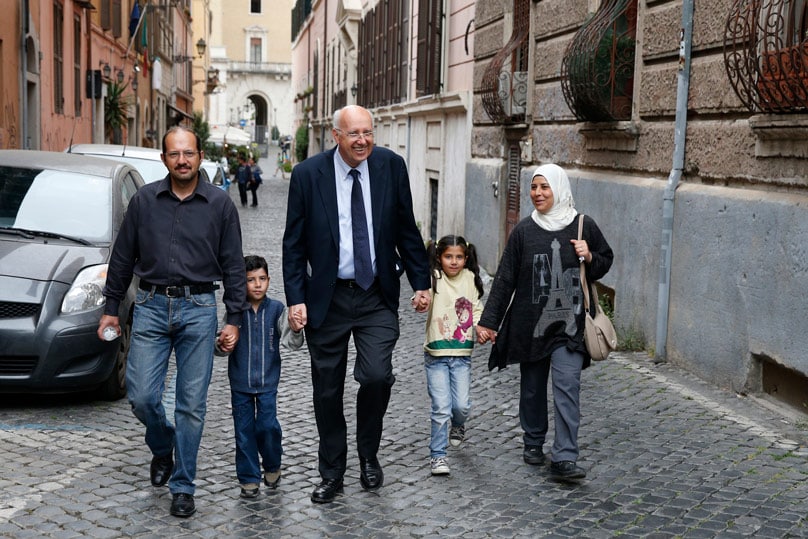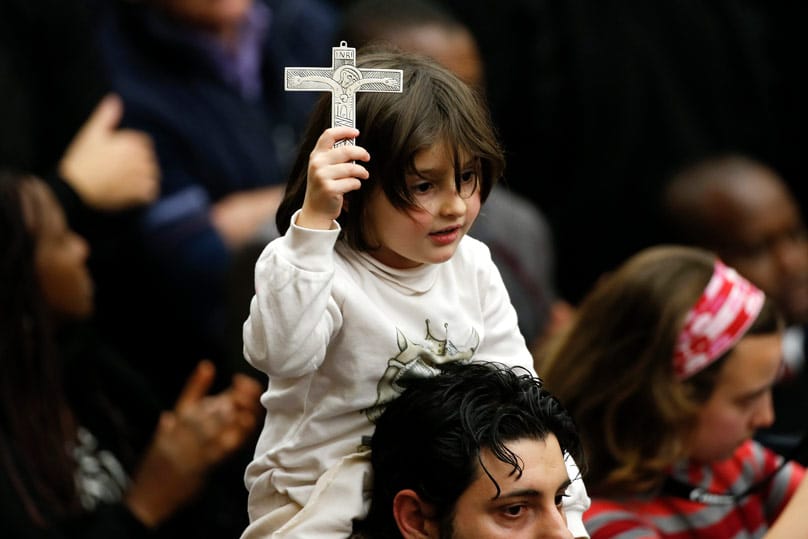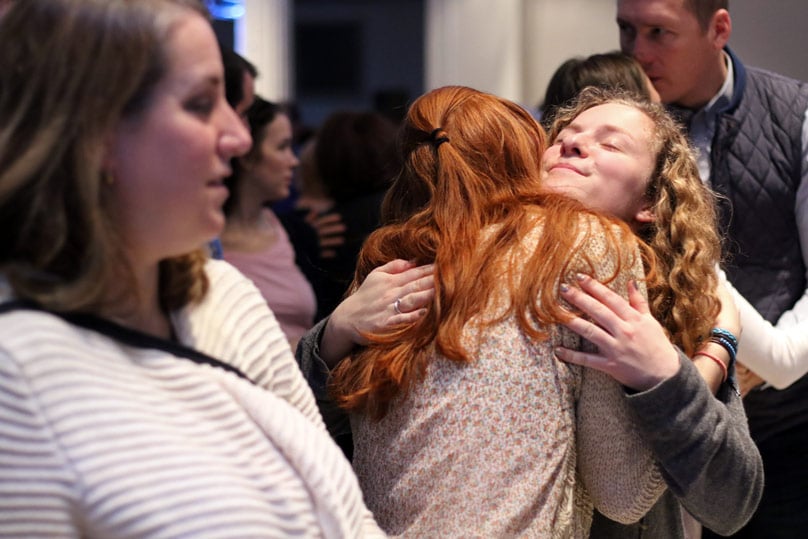
If we were to survey the Church in Australia at the present moment, we could be forgiven for concluding that in many respects an institution which has been a major factor in Australian life since the earliest days of this nation is now a significantly spent force, exhibiting many signs of being spiritually exhausted. This is not a peculiarly Australian state of affairs but part of a wider picture which spans significant sections of the globe, especially in what might be described as materially advanced and even affluent societies.
Paradoxically, of course, the Church in Australia is in some ways still a socially significant thing. It runs an entire education system, an entire health care system, aged care facilities and the like and has, in a novel development, even begun breaking into the daycare business. Most people are still surprised to hear that, after Coles Myer, the Church is Australia’s second biggest employer and its annual turnover is in the hundreds of millions. However the material extent coupled together with the vastness of the diocesan bureaucracies masks a far deeper problem: that only a tiny and dwindling percentage of Australians regard it as a truly significant reality and almost no young Australians take anything about it seriously at all.

There are signs of growth. The Church is certainly advancing rapidly in places such as Korea and Africa. Yet it is receding more and more quickly in the so-called advanced societies of the world such as Australia, Europe, the United States and throughout Latin America which were once considered its heartland. The collapse – and it is, at a purely human level a collapse – is interesting, insofar as it tells us that (at a purely human level) although there were numerous signs to the contrary, the Church was already well and truly in a decisively weakened state by sometime early in the 20th Century and therefore unable to effectively resist the onslaught of the modern era with its innumerable challenges to Christian faith.
Yet to adopt a pessimistic outlook would be a mistake of the first order. As the traditional manifestations of the Church continue – for the time being – to recede, there are, if we look for them, signs of growth everywhere. Most notable are the so-called new movements of the Church, many of which exist in Australia today. One of the fascinating aspects of the new movements is their variety: they are all completely different from one another. Some are described as conservative, some are described as uncoventional. Often their very newness prompts suspicion among fellow Catholics who encounter them for the first time and are only used to the predictable and limited patterns of Australian parish life. Yet in fact all are, in a very real sense, radical (from the Greek radix for ‘root’, meaning commitment to the very root of the tree) in their unconditional commitment to the faith of the church. Unlike dwindling centres of parish life, the new ways of being Catholic (many reject the title ‘movement’ and insist that they are only another ‘way’ of being Catholic) share many features in common. They have different emphases, to be sure, but all share the same universal Catholic faith.

All take the importance of forming real, living communities of prayer deeply seriously. In the new movements many Australian Catholics – and others – find, for the first time in their lives, the first truly Christian effort at community life that they have ever experienced. This epiphany is often life-changing. And all are growing, attracting more and more to their ranks with each passing day. Those who may be skeptical or pessimistic about the future of the Church in Australia would be badly wrong. The Lord never abandons his Church, even if he does occasionally prune it of its dead or decayed wood in order to make way for new shoots of growth.
